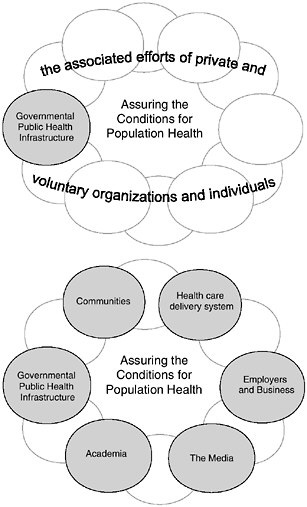
Last Thursday, the last episode of NBC's
ER was aired, capping a 15 season run on television. I wouldn't call myself an avid fan of the show since I have not watched every episode and nearly forgot that the show existed until hearing about the
WHO Surgical Safety Checklist being featured in an episode! Click
here to read the post.
As I watched the last episode, I couldn't help but feel a twinge of sadness. The final episode was filmed in a way that mirrored the pilot episode, spanning across the work and lives of the ER staff across a few days. A unique storyline that I related to the most was the one of Dr. Mark Greene's daughter returning to the ER at Chicago County General, but this time, as a prospective medical student. We are all and will be patients one day, but the first time you walk into a hospital with the gumption that this is where you will work one day or this is an area you will be studying--it's magical. I completely understood the wonderment and bewilderment in her eyes as she walked around the ER.
How do medical TV shows affect us? Experience and age have taught me that TV is not the best representation of reality. But, as a kid growing up with immigrant parents, TV was an important portal to learning what living the American life meant. Once I outgrew
Sesame Street, certain television shows like
Full House,
Family Matters,
Step by Step,
Saved by the Bell, and
MacGyver were okay-ed by my parents. Then, I graduated into watching TV with my parents. My parents even marketed shows like
Dr. Quinn Medicine Woman as a show that could teach me good American history and learn what being a doctor is like.
I can confidently say that the main reasons why I want to enter the medical field are not rooted in television, but I don't think I can say with equal confidence that watching these medical shows has not influenced my perception of the occupation and field. I can't count the number of times I've said, like any impressionable child, "That's so cool! I want to be just like him/her!"
Studies have shown that television shows don't just affect children, but influence the perceptions of watchers of all ages. According to the
New York Times article,
"ER"--A Made-Up Hospital that Offered Real Medicine, two years after the first episode of ER aired, a study in the
New England Journal of Medicine reported that ER and other shows illustrated an unrealistic and overly positive picture of cardiopulmonary resuscitation(CPR). How did ER respond? In a later episode, Dr. John Carter breaks an elderly man's ribs while performing CPR.
This sort of feedback between the medical field and television has resulted in the medical field seeing television as a vehicle to reach millions of people and making television a health information resource.
Health literacy is extremely important, so why not use something people already enjoy and inject a couple of good messages here and there?
So, how did the
WHO Surgical Safety Checklist pop onto a show like ER? Firms such as
Hollywood, Health, and Society help health organizations and agencies connect with Hollywood writers and help craft their messages in ways that can readily be used on screen. Dr. Atul Gawande met with the ER writers to highlight the surgical checklist and the rest is well....recorded in history. Click
here to watch the episode.
While I admit that a lot of what is portrayed on medical dramas is ridiculous and soap opera-like (interns sleeping with attendings, people dropping like flies because of flesh eating bacteria infections, etc.), there is some value in watching medical dramas. Health care and medicine are not just about the science of diseases and treatments, but is also about the narratives of patients, families, and health care providers. I can't think of a better medium than the television screen to share these narratives with millions of people at a time. It certainly doesn't hurt to have a gorgeous Hollywood actor like George Clooney tell the world about how important colonoscopies are after the age of 50!
If you had the opportunity to approach Hollywood writers, what kinds of issues would you pitch to be dramatized?
***This past Tuesday and next Tuesday PBS broadcasts “Nova” airs “Doctors’ Diaries,” the most recent installment of a 22-year chronicle about seven former Harvard medical school students. Check it out for real life medical TV! Click
here for more information!***












